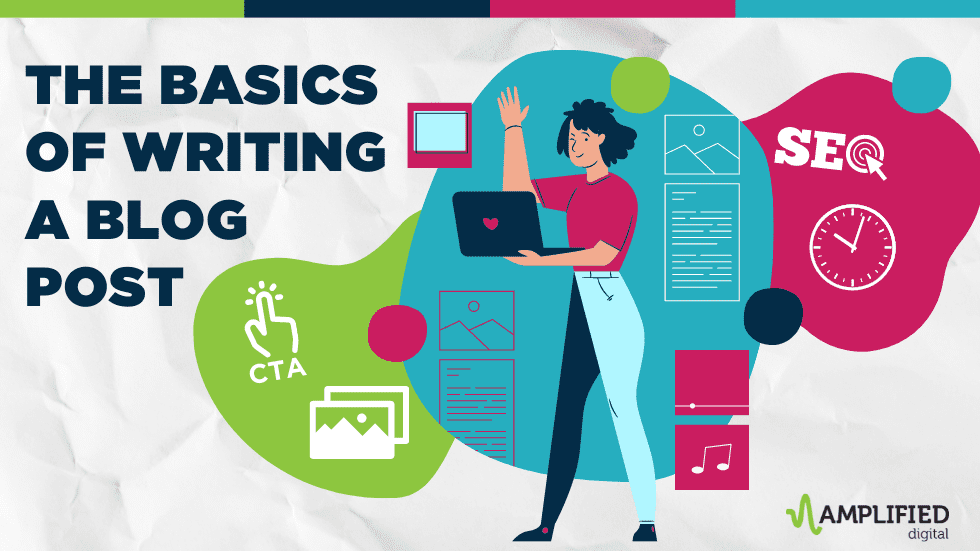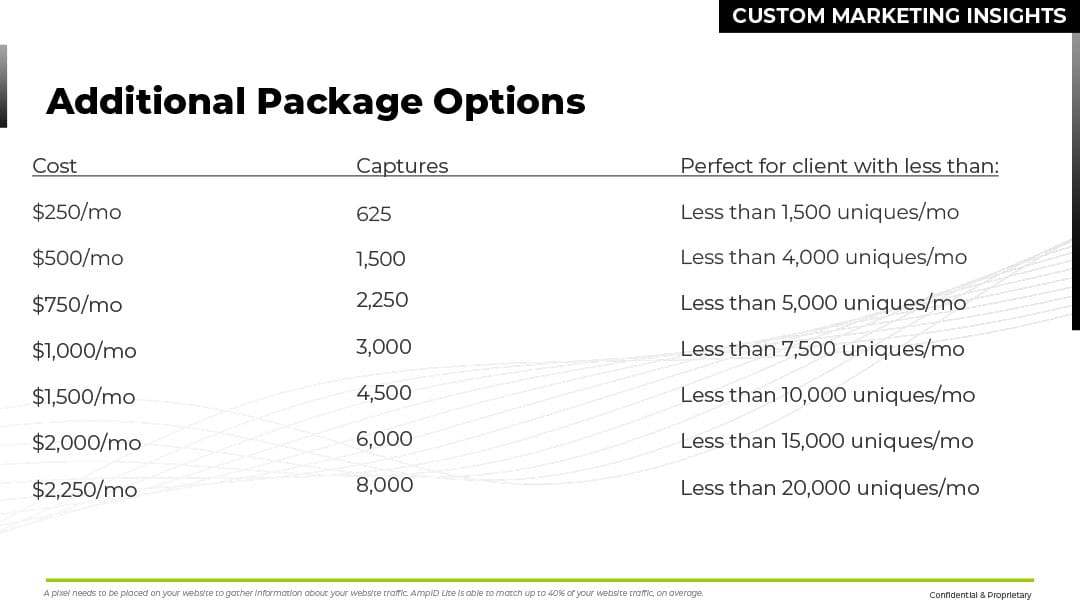Including blogging into your marketing strategy is an excellent tool to showcase your expertise, write on topics you enjoy, and build an audience that continues to come back each time you hit publish. A top-notch blog post takes a lot of practice. Even the best writers can struggle writing in a format ideal for keeping readers engaged, and optimized for SEO. Today’s post will walk you through the basics of writing a commanding blog post from start to finish, sure to educate and intrigue readers enough to keep coming back!
Know Your Audience
Knowing your target audience is key to creating content that is valuable, interesting, and shareable. Think of who your ideal audience is and create a content calendar of topics that they would be interested in and could benefit from. If you’re in the digital marketing world, blog posts centered on industry updates and how-to guides (like this one!) are always great options. So long as you’re writing on topics you know well and are passionate about, your readership will see that and stay loyal.
Land on a Topic
Now that you’ve figured out your ideal audience, it’s time to land on a topic, or list of them, that you can turn into a content calendar. If you’re not sure where to begin, try researching the latest updates in your industry. By browsing other websites and blogs in your industry, you can get a better idea of what people want to learn more about. If you decide to pick a topic you’ve seen floating around on other blogs, be sure that you’re putting your spin on it and touching on different points to keep your post fresh. Your unique perspective will ultimately be what keeps people wanting to read more from you.
Create an Outline
Before you begin writing your article, take time to organize your research into a detailed outline. Sometimes what you think is the perfect topic just doesn’t have enough information to support an entire blog post once you map it out. Creating subheaders will allow you to break down essential information into short, readable sections. Try adding bulleted notes and talking points under each subheader so you can see everything laid out before beginning to write. Having a strong foundation will make the writing process that much easier.
Start Writing
It’s time to write your blog post! A good place to start is usually a title. You want to choose one that is specific and to the point to help guide your writing. After nailing down a title, we move into the introduction of your blog. Your goal is to grab your readers’ attention in the first few sentences. If you don’t entice them at the very beginning, they’re probably not going to continue reading your article. Be human and conversational in your writing. Start by telling a quick story, fun fact, statistic, or even a joke. This will set the tone for the rest of your post and gives the reader a reason to keep going.
We previously mentioned that subheaders help create short, readable sections. Keeping things short is crucial since most people skim. Expand on the notes you made in your outline for each subheader with short sentences and paragraphs. Using bullet points and numbered lists also help to break up blocks of text and make it easier to scan.
Last but not least, is the conclusion. Though some skip this section entirely, it’s a good place to tie up loose ends and include a call-to-action.
Finishing Touches
Before you hit publish, there are a few more things to consider before taking your post live:
- Don’t forget images — Not only do images and graphics help to break up your post, but they can also showcase what can’t be explained in words.
- Include a CTA — Try including a few call-to-actions where you can, but especially into your conclusion. Ask people to sign up for your newsletter, share your post to Facebook, or purchase your product or service.
- Optimize for SEO — Focus on a keyword that you can add to your title, article, meta description, URL, and even the alt text of your images.
- Proofread — We highly recommend someone else take a look at your post before publishing. This second or third pair of eyes will spot discrepancies, grammatical errors, and areas that need clarification.
- Promote to social media — You’ve worked hard researching and writing, so make sure you’re promoting your blog post. Two of the best places to share your work are on social media and through email marketing, like in a newsletter!
Blogging is a great way to share your knowledge and become a thought-leader, drive qualified leads, boost conversions, and build brand awareness. Before you write your next blog post, remember the basics and you’ll be good to go. Still, looking for help when it comes to your digital marketing needs? The experts at Amplified Digital are ready to assist! Reach out today!



